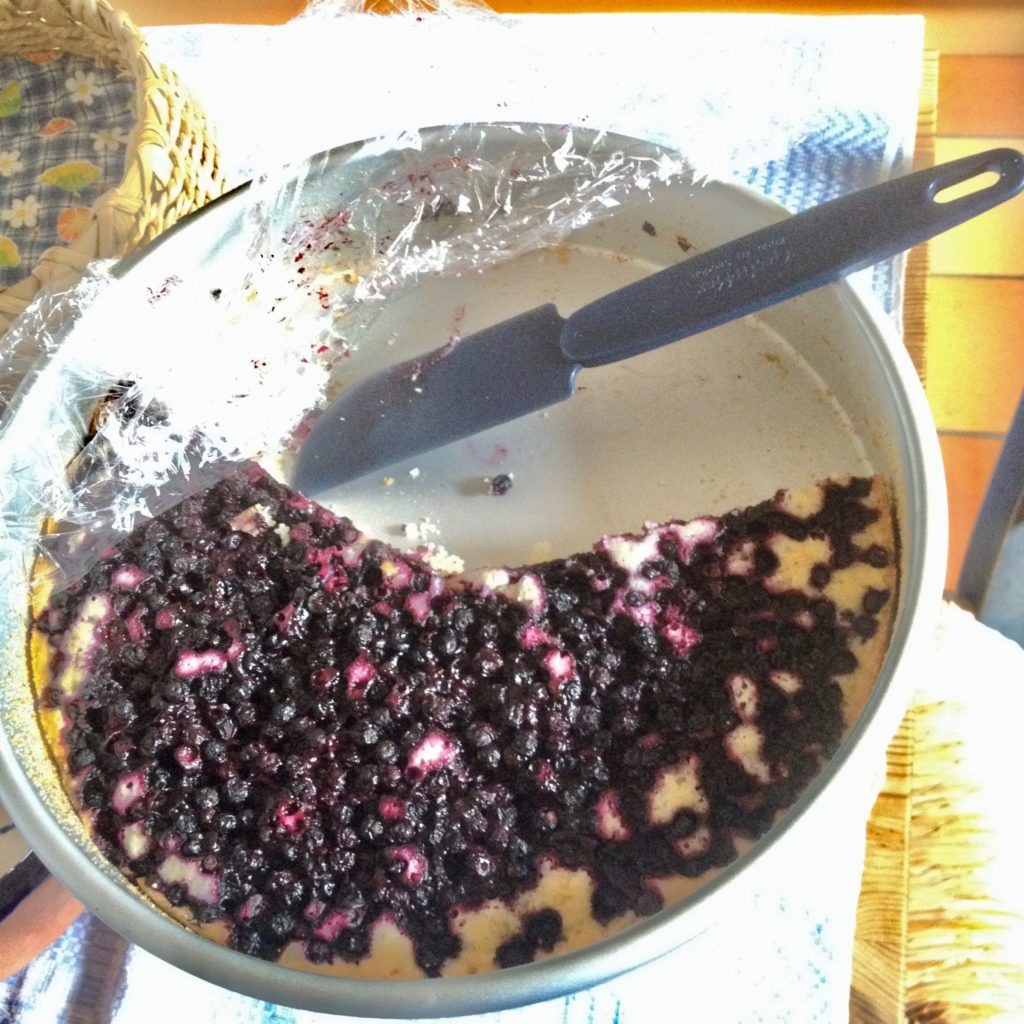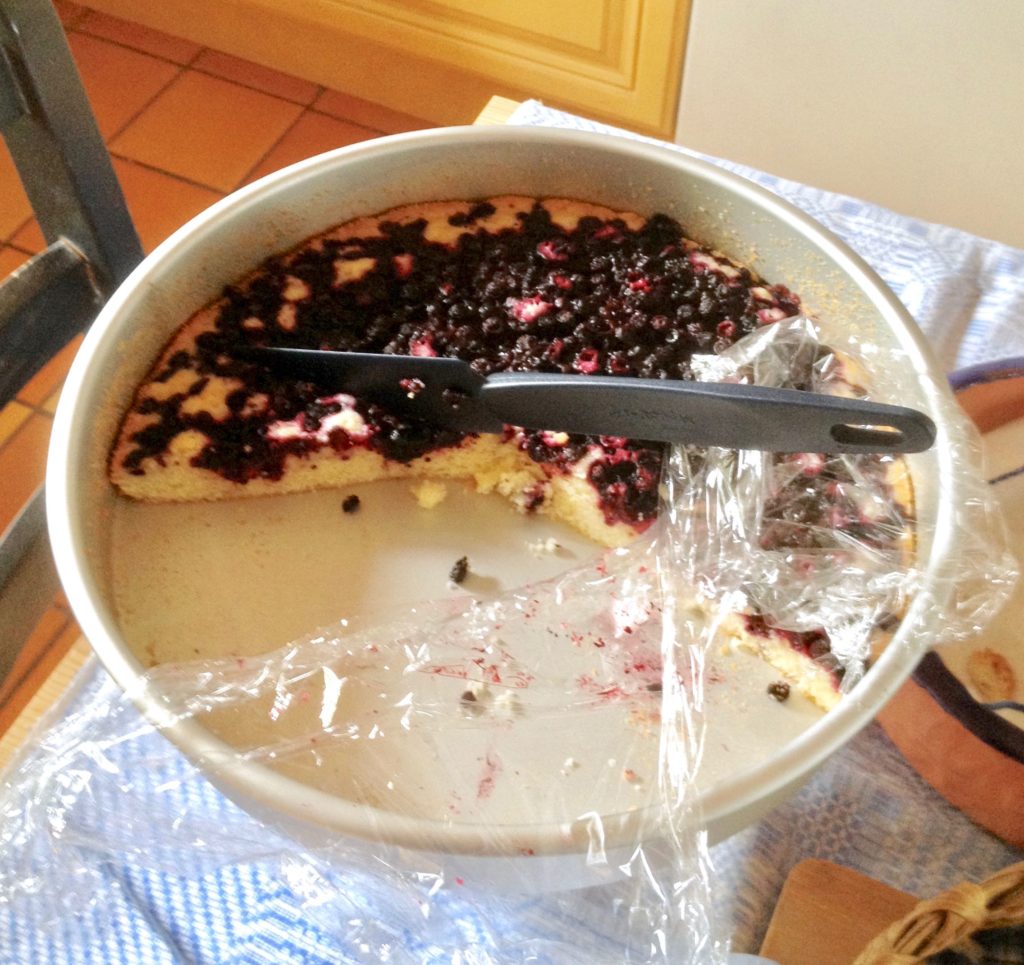En höst för rätt många år sedan bestämde jag mig för att inom en pågående universitetskurs göra någon sorts forskningsprojekt i musikhistoria (på nivån någonstans mellan grundkurs och doktorerande) som undersökte ett handskrivet notmaterial som kunde misstänkas ha sitt ursprung någonstans ganska nära de salongskretsar i Stockholm och Uppsala som den svenska litteratur-, teater- och musikvetenskapen så ofta återkommer till i sin historieskrivning om första halvan av 1800-talet.
Innan det ens blev aktuellt att diskutera ämnesval och forskningsmetod med lärare och kurskamrater på universitetet upptäckte jag — efter några googlingar för att kartlägga vad som låg ute på nätet av tidigare forskning och tänkbara källor — att en lektor och forskare inom en annan humaniorainstitution på sin fritid roade sig med amatörforskning i folkbokföringskällor om bland annat personer ur dessa salongskretsar. I samband med att jag tog kontakt för att ställa några frågor blev jag erbjuden att få tillfälle att komma in i en fastighet och titta på en hylla med ”några gamla noter” som ingen av förvaltarna av egendomen hade så bra koll på vad det var för något, men som kanske var av intresse för en musikforskare.
Den enda typ av gamla nothögar som jag först vågade föreställa mig att det handlade om, var bilden i mitt huvud av någon sorts skräpig trave av gulnade tryck från sent 1800-tal eller tidigt 1900-tal, och kanske blandat med senare tiders schlagerhäften, album med folkvisor och julsånger, eller noter som använts någon gång i nybörjarundervisning på en musikskola. Mina fördomar sade mig att det tyvärr ofta saknas realistiska uppfattningar hos ”folk” om vad som verkligen är gammalt och intressant när det gäller prylar och dokument, särskilt sådant som ännu inte har hamnat på museum eller värderats i Antikrundan, utan kan återfinnas osorterat i ett hem eller på en loppis.
Men när forskningskontakten ifråga (hädanefter kallad ”lektorn”) förklarade att en del av noterna såg väldigt gamla ut och att det fanns sådana som såg ut att vara handskrivna, blev jag förstås mer nyfiken. Detta fick inte missas, om det fanns en chans att hitta något som påminde om den musik jag redan hade tittat på. Nämligen något dussin avskrivna klassiska arior och sånger i ett vackert handskrivet notalbum, som jag som forskningshypotes hade tänkt kunde spåras till salongskulturen i Stockholm på 1830-talet och några namn som alltså även förekom i de anteckningar om personforskning i stockholmskällor som jag upptäckt att lektorn lagt ut på nätet.
Vi träffades några dagar senare och hade en utmärkt trevlig eftermiddag tillsammans, med dels förmedling av anekdoter och fakta kring den relevanta personkretsen (inklusive en märklig historia om Fredrika Bremer och en döende kvinnlig amatörtonsättare — och jag har senare sett att händelsen finns med i Carina Burmans biografi om Bremer), dels genomgång av hyllorna med äldre och yngre musiktryck och handkopierade noter.
Musiksamlingen innehöll en stil- och tidsmässigt brokig blandning musik. Dock huvudsakligen vokalmusik — visor, romanser, operaarior och körsatser — från perioden mellan franska revolutionen och andra världskriget. Där fanns enligt vad jag kunde se inga originalmanuskript, men några nottryck hade en handskriven dedikation från tonsättaren till noternas förmodade första ägare. Inga av noterna eller musikstyckena hade tyvärr någon påtaglig likhet med musiken jag planerade att utgå från i min kommande forskning, och om det fanns några ledtrådar till vem som hade ägt noterna och använt dem tidigare visade dessa spår inte på någon självklar och direkt koppling till det sammanhang som jag letade efter.
Jag fick vid besöket veta att den person som senast hade intresserat sig för att hålla samlingen i ordning — de inbundna albumen uppställda på öppna hyllor och de oinbundna häftena och lösa bladen i sorterat skick i mappar och boxar i ett skåp — helt nyligen hade avlidit, och som jag antog, eftersom lektorn inte nämde något om det, inte lämnat efter sig någon förteckning över noterna eller andra anteckningar om vad som eventuellt varit känt om hur musiken tidigare hade använts eller på vilket sätt, varifrån och vid vilken tid nottryck och handskrifter någon gång hade förvärvats.
De äldsta noterna behöver inte tänkas vara de som funnits med längst tid i denna samling, som om det hade funnits en kontinuitet från salongernas tid, där all musik har sparats för att användas av nya generationer i nya musikaliska sammanhang. Gamla noter kan helt enkelt ha ropats in på auktion vid någon tidpunkt. Kanske har de i något fall betraktats som ett vackert men oanvändbart gammalt föremål med musikanknytning, som någon gång under tidigt 1900-tal givits i present till en uppskattad sångare eller musiker?
Efterarbetet när jag kom hem igen tog rätt lång tid. Mer än ett par dagars koncentrerat arbete; kanske blev det totalt ett par veckor. Sedan hade jag med hjälp av musikhistoriska handböcker och sökningar i biblioteks- och antikvariatskataloger identifierat de flesta sångerna och musikstyckena som fanns med på de notsidor jag hunnit med att skanna med ipadkameran medan lektorn och jag bläddrat i nothögarna och pratat. Anteckningar från konversationen med lektorn hade jag klottrat ner på lediga sidor i en Star Wars-almanacka som vid den tiden brukade följa med i ryggsäcken både på utflykter och till föreläsningar.
Under samma tid tog jag några kontakter och diskuterade några av notfynden med några riktiga experter (på området ”gamla musiknoter”), för att samla ihop mig till ett omdöme om materialet och ett par förhoppningsvis kloka råd om hanteringen av de äldsta dokumenten. Den ganska improviserade fältstudien hade fått mig engagerad och road medan den pågick, men efterarbetet kändes mest som ett jobb som bara måste göras för att sätta en begränsande ram runt engagemanget och producera en rapport som jag själv kunde tycka var ett tillräckligt gott arbete på den nivå som allmänheten (i form av ”lektorn”) borde kunna vänta sig att någon som läst rätt många terminer musikvetenskap skall kunna prestera.
Men det bestående intrycket av vad jag sysslade med på den där forskningsexpeditionen har hela tiden varit att jag utan förberedelse fick chansen att pröva att vara något som jag inte alls är, nämligen: specialist. Jag gör lite av varje. Kan lite allt möjligt, men ganska lite om det mesta. Kan onödigt mycket om onödiga saker, men farligt lite om nödvändiga saker.
Att be mig (eller någon annan besserwisser utan praktisk erfarenhet) göra något som kräver specialistkompetens och tro att jag kan klara av det, bara för att det är svårt att genomskåda vad som egentligen krävs, är kanske som att förvänta sig att någon som har scrollat igenom ett par wikipediaartiklar om medicin skall kunna leda arbetet i en operationssal.
(fortsättning följer, om jag kommer på något mer som kan sägas om detta)



